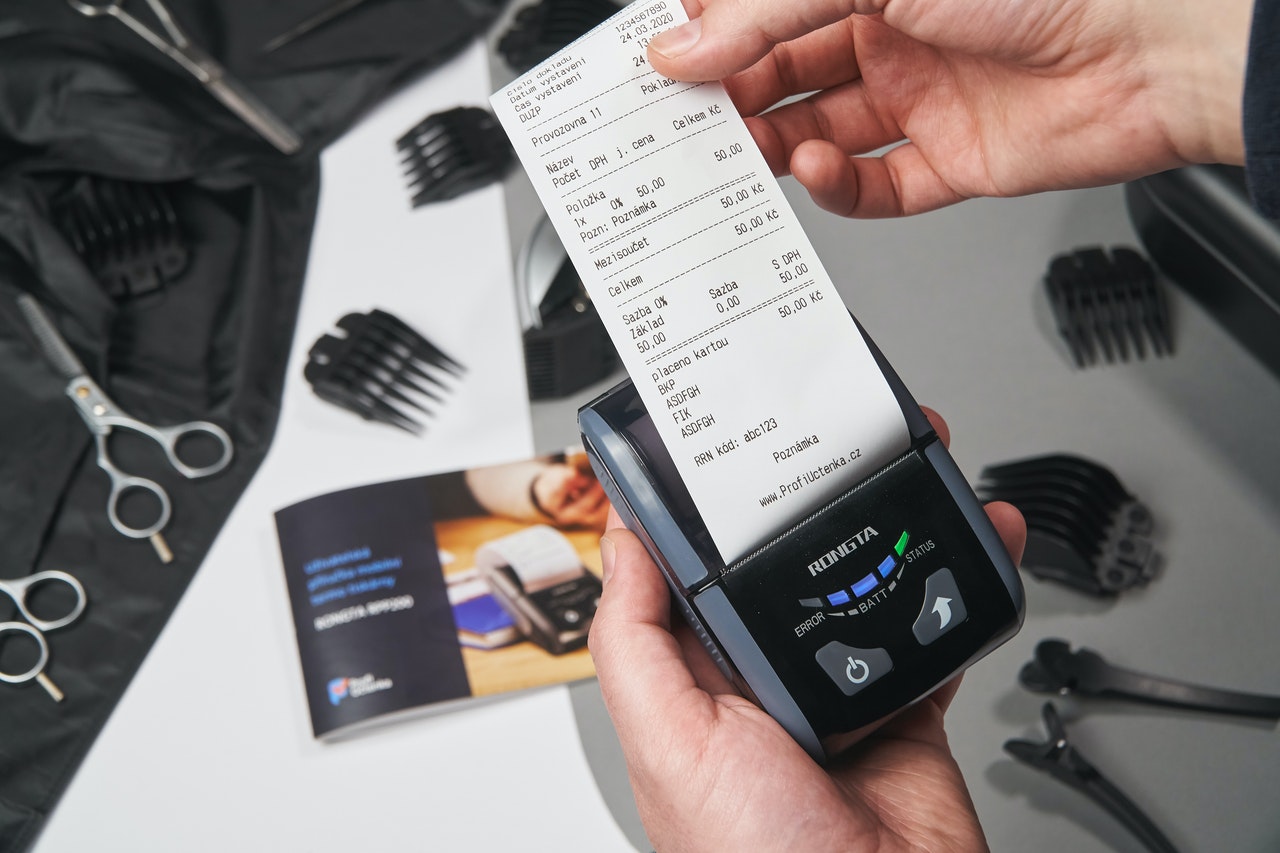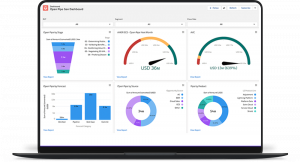To successfully run a retail store, businesses must be equipped with the necessary marketing, management and administrative skills. From putting together a monthly sales report to ensuring that there is enough inventory, these skills are the keys to smooth-sailing operations.
With an efficient point of sale (POS) system, all of these are possible. This business tool goes a long way in ensuring that all of your operations are working in unison. Initially, it might seem like another costly investment but retailers that spent resources and time to implement these systems eventually reap the benefits in the long run.
What is the Meaning of POS in Sales?
Many retailers ask about POS, its meaning and its role in the system.
As mentioned above, POS stands for point of sale. By the definition, POS is a critical part of a point of purchase. It also refers to the place where transactions are made (aka when customers pay for their services or products), as well as where sales taxes become payable. POS systems can be used in a physical store (where the POS debit or credit terminals are used to process card payments) or in a virtual store via mobile or electronic devices.
Point of sale systems are important discussions for businesses since consumers tend to make purchasing decisions on high-margin products or services at these strategic locations. In most businesses, POS systems are set up near store exits to trigger impulse purchases from customers. However, different POS locations offer more opportunities to market-specific product categories.
What is a POS Example?
Still having a difficult time grasping the concept of POS? Here’s an example:
Department stores often have a point of sale system for individual product groups like apparel, electronics and appliances. The staff can then actively promote these items and influence the purchasing decision of their customers (instead of just processing their transactions).
Also, the format of POS can impact the buying behavior or profit of the business since it gives customers more options for making a purchase.
Take Amazon for example. Amazon Go, its concept convenience store, uses technologies that enable customers to come in, grab what they need and go home without paying through a register. Amazon’s new POS system revolutionizes the way we shop. Apart from increasing convenience, Amazon Go enables POS, payments and loyalties can be condensed into a single customer-centric system.
What are the Different Types of POS?

There are a variety of POS systems out there. When it comes to buying a POS system for your business, go for the basic retail set-up, which includes the following:
- Tablet and mobile systems
- Self-service kiosk
- Terminal POS systems
- Multi-channel systems
All of these systems enable businesses to sell their products and/or services across a variety of sales channels. In some cases, businesses use POS systems that can be broken down into cloud-based or on-premise systems.
Basically, POS systems are broken down into two categories: hardware and software. After all, all systems need a hardware and software components. Specialist vendors often provide software that is compatible with most hardware solutions. The hardware can be purchased from the same provider or purchased from another commercial retailer.
In terms of the hardware aspect of POS, there are five basic components needed by any physical store. These are the:
- Cash drawer
- Barcode scanner
- Receipt printer
- Register screen
- Credit card reader
These five components can be condensed into a single mobile card reader. All you have to do is plug the machine into a phone or a tablet to start accepting virtual cash and sending digital receipts.
In terms of the software, POS systems can operate on two different options: cloud-based or on-premise.
Cloud-based POS software systems depend on the Internet. They are Software as a Service (SaaS), which means businesses must pay a set fee to use the cloud-based service. One of the benefits of using this SaaS is that providers can fix any bugs or do updates. On top of this, your information can be accessed anywhere and always has a backup.
On-premise POS isn’t connected to the Internet. Instead, it stores all of its information in a closed system within the business. It must always be maintained by the IT department or the store manager.
Initially, all of these sound overwhelming. But once you’ve started working on your POS system, you’ll realize it’s one of the easiest and most effective ways to use technology in improving customer service.
Why Does a Business Need a POS System?
There are many perks that come with purchasing a POS system, notably when it comes to simplifying your retail business operations. The system significantly improves and simplifies daily business tasks and, in some cases, even helps in profits.
When you invest in a proper POS system, you’ll benefit from the following:
Simpler Invoicing
A point of sale system enables businesses to group and record all of their invoices. There are different types of invoices that companies should manage and it’s important to easily distinguish them. As a business owner, you might find yourself working with invoices for consignments, rentals, repairs, sales, purchases and others (depending on the software).
A simpler vendor invoice management system is crucial, especially for your accounting needs. The invoice is proof that you made a sale. Grouping them manually can be a complex job. With a POS, you can enjoy a simpler invoicing process.
Better Inventory Management
If you need help with your inventory, keep track with a POS system. With the system, you can easily manage your inventory in real-time, as well as determine the number of products you have over a given time.
Once you receive your inventory, if the items are already in your catalog, scan the products, enter the quantities and let the system record the inventory. This will save you more time compared to manually tracking your inventory. On top of that, you’ll experience fewer inventory errors.
Quicker Payments
POS systems make faster payments. All your staff has to do is choose the product the customer wants and the system will automatically calculate the price. The invoice will then be directly printed on the spot or sent by email. Depending on the terminal and the integrations, customers can pay by credit, debit or cash. This makes it easier for customers to complete their transactions.
Better Customer Management
A POS system makes it easier to document your customers’ information. It can be their name, purchase, email, phone number, etc. By having data on your customers, you gain a better view of your target market and customer groups. This information can help you create promotions and incentives that appeal to your customers.
Better Service
Finally, a proper POS system enables you to provide better customer service by combining all of the benefits mentioned above. With the system, you can improve your operations, which improves customer satisfaction. This involves faster scanning of products, reducing waiting times and quicker payments.
A point of sale system is a basic need for any business — whether big or small. So, if you want to simplify the operations of your retail business, invest in a POS system now.





